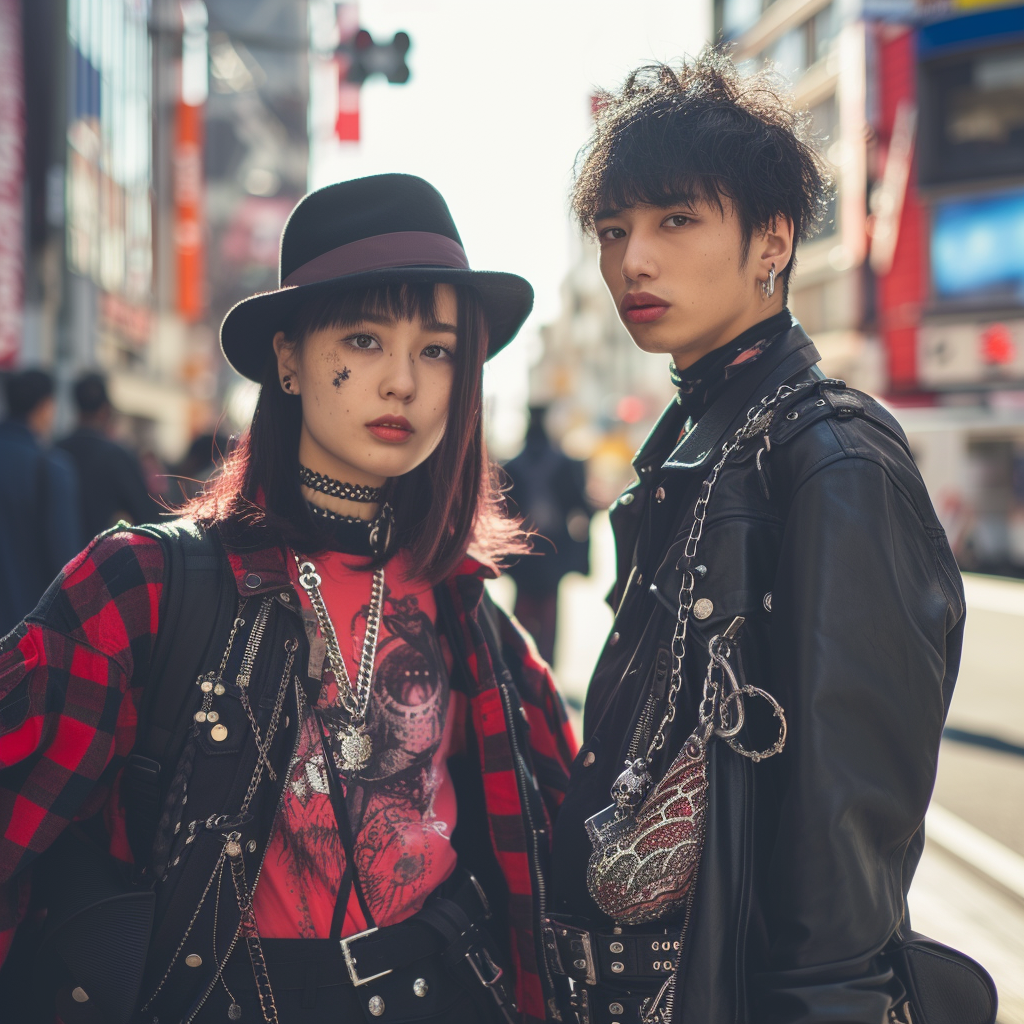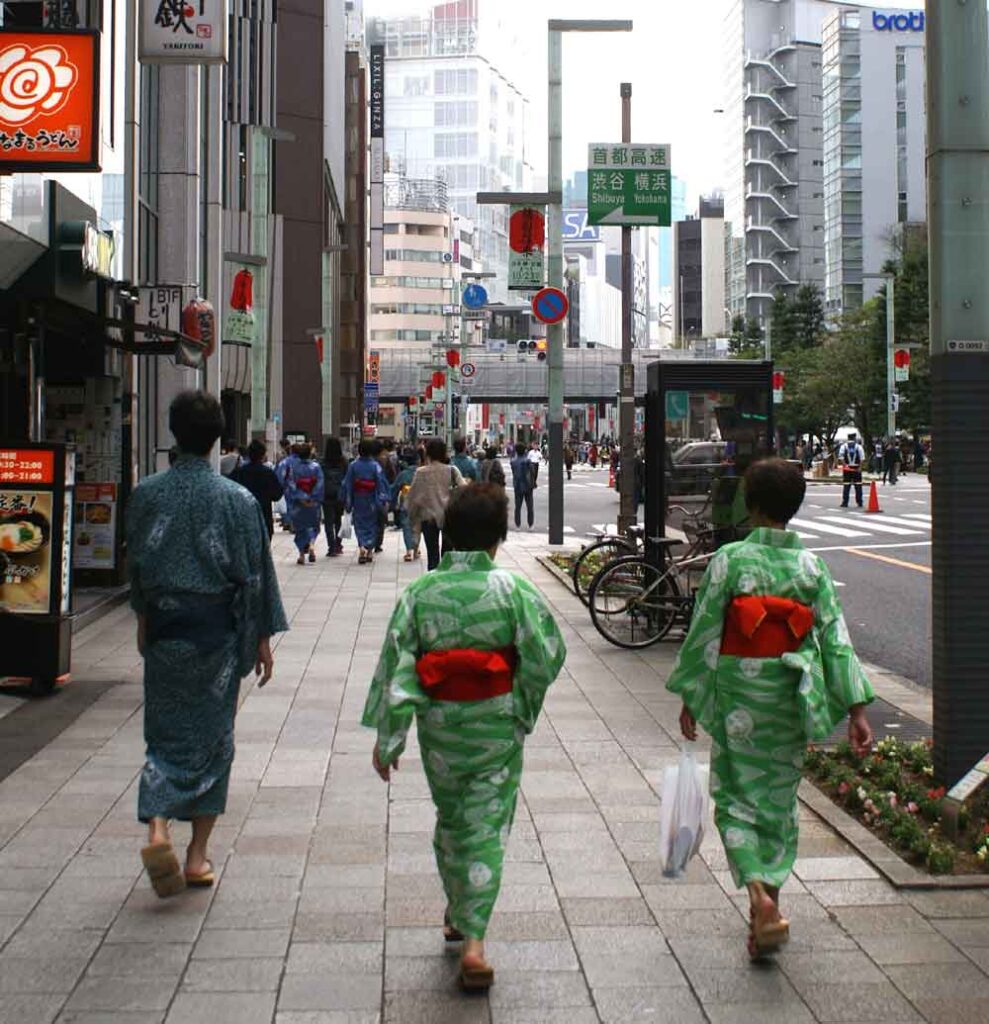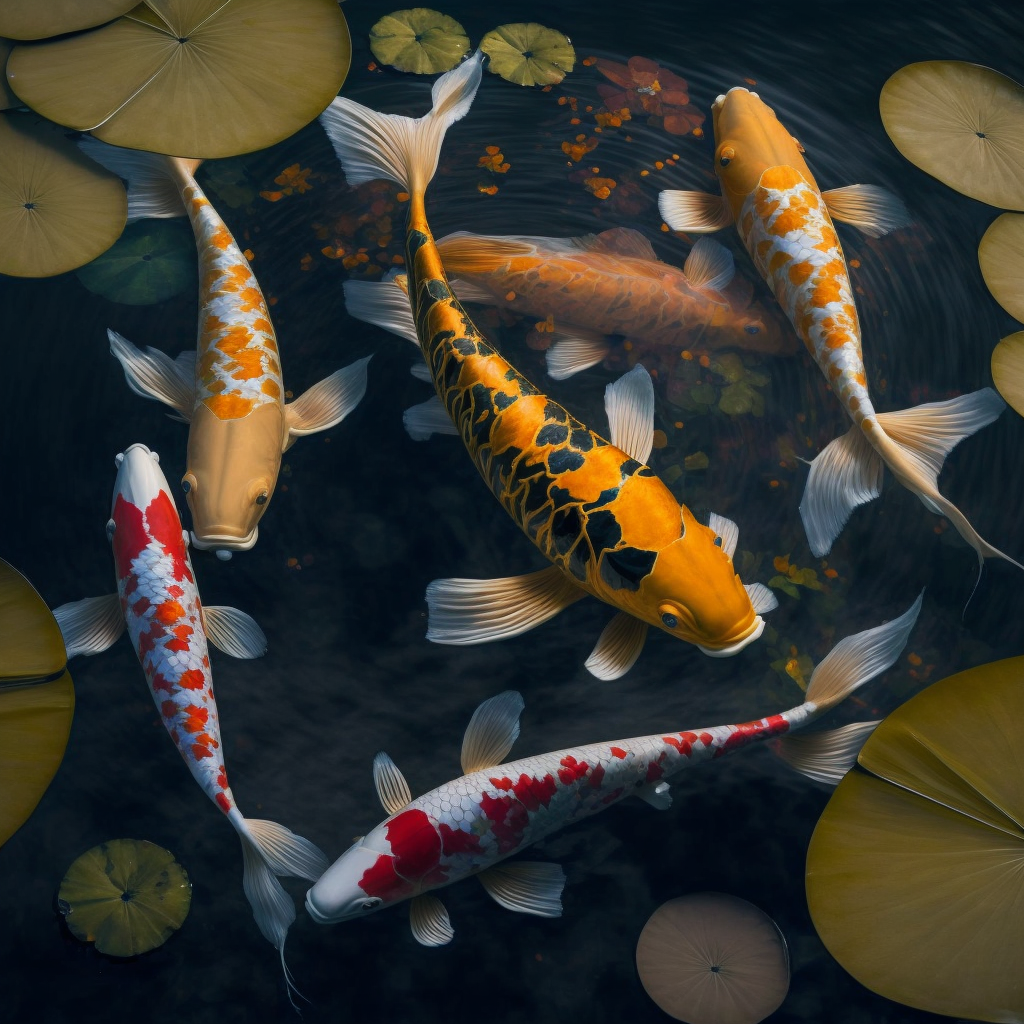Japanese fashion, at the crossroads between tradition and avant-garde, captivates the world with its unique aesthetic, bold creativity and deep respect for cultural heritage. Let’s dive into the vibrant world of Japanese fashion, where every garment tells a story and every show is a celebration of art.
The Influence of Tradition in Japanese Fashion
Japanese fashion draws great inspiration from its rich history and ancient culture. Kimonos, traditional Japanese clothing, continue to fascinate and influence contemporary creators. From delicate floral patterns to exquisite embroidery, artisanal tradition blends seamlessly with modern designs. This creates an aesthetic that honors the past while embracing the future.
Street Fashion and Harajuku
The streets of Tokyo, particularly the Harajuku district, are the scene of an explosion of fashion creativity . Young Japanese people express their individuality through unique styles. But also through mixes of genres and bold color palettes. “Harajuku” style has become iconic, combining retro elements, eccentric accessories and a no-holds-barred attitude.
Japanese Haute Couture
Japan has solidified its place on the global high fashion scene thanks to innovative designers. Designers such as Issey Miyake, Rei Kawakubo of Comme des Garçons and Yohji Yamamoto have redefined fashion standards. Particularly with avant-garde concepts, experimental silhouettes and a commitment to originality. Their designs transcend boundaries, leaving an indelible mark on the fashion industry.
Sustainability and Minimalism of Japanese Fashion
This movement is increasingly moving towards sustainability and minimalism. Emerging brands emphasize quality materials, ethical production and elegant simplicity. This movement reflects a growing awareness of the environmental impact of the fashion industry and a desire to get back to basics.
Cultural Fusions in Design
Japanese fashion is not limited to national borders. Indeed, Japanese designers skillfully integrate foreign cultural elements into their designs, creating collections that embody global diversity. This dynamic cultural exchange gives birth to unique pieces, testifying to an open mind and a creative fusion.
In conclusion, Japanese fashion transcends ephemeral trends. It is a constant exploration of history, individuality and innovation. From the streets of Harajuku to the catwalks of haute couture, it continues to captivate and inspire. It thus proves that self-expression through clothing is a constantly evolving art form.



